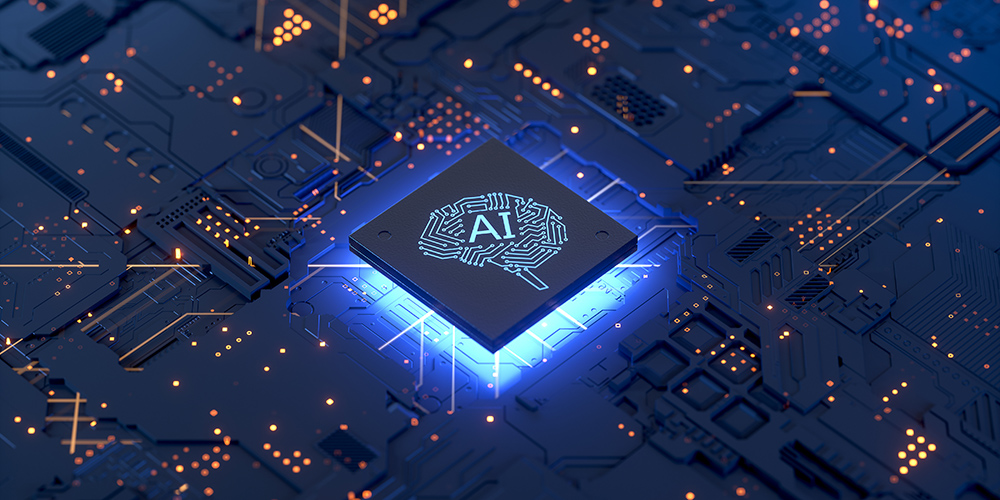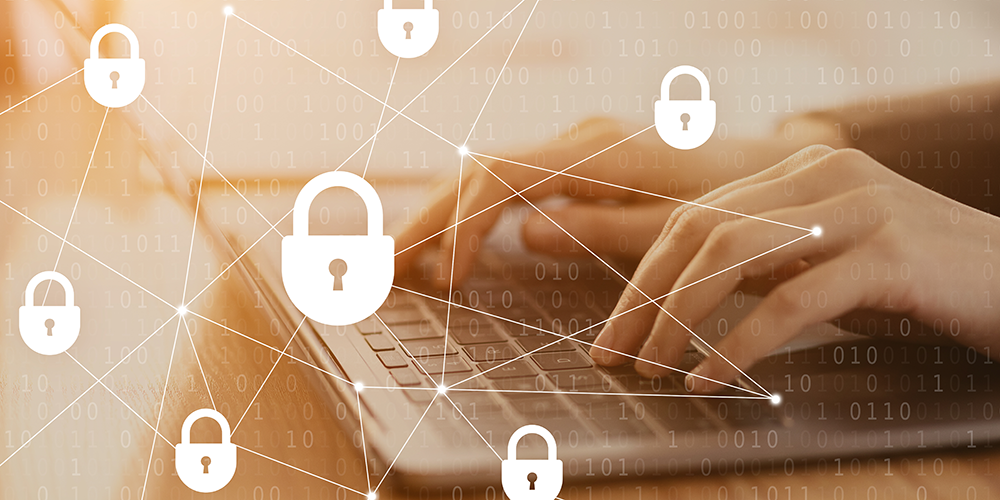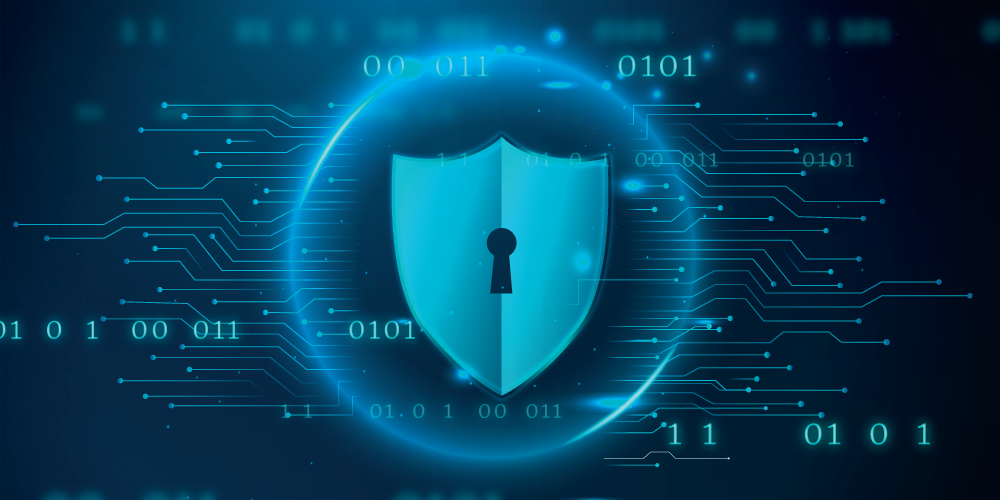
Nov 13, 2023 | SMB Technology, SMB Technology, SMB Technology, SMB Technology, Technology News
The state of cybersecurity seems to be getting better, though there’s always room for improvement. According to a recent report by CompTIA, “The State of Cybersecurity 2024”, more companies see the need to take a proactive approach and look at cybersecurity from a risk management standpoint. Read on to learn what this might mean to your efforts to protect technological assets. Encouraging Signs, with Room for Greater Improvement In recent years, businesses have made strides in adopting a proactive stance toward cybersecurity, according to the CompTIA report. Of the small to medium-size businesses surveyed, solid percentages have formal frameworks for cybersecurity (45% for small businesses, and 63% for medium-size companies. Many small companies are assessing their risk, but without a formal framework. Over the last year or so, general satisfaction about the state of cybersecurity has increased, as well as satisfaction of respondents with their own company’s cybersecurity. Even with these modest increases, progress is still somewhat slow. In spite of said progress, data breaches still occur. The global average cost of a data breach is $4.45 million! In 2022, 96% of organizations had at least one breach, according to a report cited by CompTIA. The top of mind question is quite naturally “What is the cost of a cybersecurity incident?” What if organizations could also ask what the cost is not just in terms of money but in time and effort taken to prevent an incident? Constructing a Risk-Management Plan Cybersecurity has often been considered a secondary factor in the past, but businesses are now shifting from a defensive posture to a proactive...

Jul 8, 2023 | SMB Technology, SMB Technology, SMB Technology, SMB Technology, Technology News
Artificial Intelligence (AI) and its applications have the potential to radically improve business processes. Like all technologies, it comes with risks, too. Read on to learn more how small to medium-size businesses can leverage AI while mitigating the potential risks of this growing technology. More and More Businesses Use Artificial Intelligence Use of artificial intelligence is growing, and is only expected to increase. According to a report cited by a CompTIA article, the market for AI is expected to grow by 38.1% each year until 2030–from 2022’s market of $119.7 billion. Tech and financial services are the industry sectors using it most, with telecommunications at 5%. Customer satisfaction for companies using artificial intelligence is expected to grow by 25%. What makes AI such a draw, especially for small to medium-sized businesses? Benefits of Artificial Intelligence Artificial intelligence can be used for business processes like automated chat, or to analyze great amounts of data in a way more time- and labor-saving than humans can. For smaller companies, having automated processes can free up a smaller staff from performing mundane tasks. Businesses can use AI to get customer feedback to change course in product/service offerings if needed. Automation by AI can even help with cybersecurity by detecting patterns and even anomalies in the sea of data generated by businesses–perhaps stopping a cyberattack in its tracks. Artificial intelligence can also be taught to shut down affected systems and isolate the threat. In terms of saving costs, businesses can allow automated chat to handle simple and quick customer service queries, allowing workers to focus on more complex issues. Moreover,...

Jan 10, 2023 | SMB Technology, SMB Technology, SMB Technology, SMB Technology, Technology News
How do you know if your company’s cybersecurity efforts are working? Is the lack of a data breach enough to tell you that you’re doing well? Maybe, maybe not. Read on to learn about analyzing your risks and using that information to keep your systems and data safe, and your company doing business. Start with Analyzing Your Company’s Risks It used to be that companies just needed a firewall, some security patches and endpoint protection to protect digital assets. Nowadays, the secure perimeter is far outside company walls, with numerous endpoints connected to networks as employees work anywhere and everywhere. Events of the past few years have introduced new security challenges, including the uncertain security of network endpoints. More than tools, a comprehensive understanding of your firm’s risks and the consequences of these risks will help with security efforts. A good place to start is considering your company’s unique risk picture. What are your mission-critical data and applications, and what are the consequences of a data breach? Perhaps your business is subject to compliance regulations like HIPAA or PCI-DSS, or even GDPR. Financial and reputational consequences also exist, like the cost of downtime and clients’ trust in you to keep their data safe. Multiple Layers Increase Security A layered approach to security, more than any single technical tool, will help protect your company’s digital assets. Network monitoring is one such layer, showing both normal and suspicious activity. Multi-factor authentication protects your workers by keeping information out of the hands of attackers. Training your workers to spot phishing emails that can carry ransomware, and educating them...

Dec 8, 2022 | SMB Technology, SMB Technology, SMB Technology, SMB Technology, Technology News
When it comes to cybersecurity, tools and technology help. What can help even more is making cybersecurity a part of company culture, to the point of safety becoming second nature. Read on to learn more about establishing a culture of cybersecurity. The Vital Importance of Cybersecurity The attacks just keep coming. In recent years, SolarWinds and Colonial Pipeline are just a couple of well-known incidents. According to statistics, more than half of cyber attacks result from human error–weak or poorly managed passwords, susceptibility to phishing schemes, perhaps even ignorance of company policies and of best practices. The cost of attacks is supposed to continue increasing, to over $10 trillion by 2025. The Cybersecurity Conversation It’s never too late–or too soon–to openly discuss cybersecurity in your organization. Your executives, both in your IT department and outside of it, can set the tone for your company’s cybersecurity culture. For example, sharing learning from past experiences can show your workers that anyone can learn from mistakes. More than technology and tools, cybersecurity training needs to be an integral part of company culture–it saves costs, preserves your company’s reputation, and keeps your company in business. You can freely discuss cybersecurity in team meetings and everyday work conversations. Ideally, this will get workers of teams talking about ways to keep your company safe and may reach the individual level, encouraging them to evaluate their cybersecurity savvy and improve it. Regular training and retraining should also be part of the organization’s culture of cybersecurity. Staging mock “phishing” attacks to test workers’ knowledge and ability to act, will help to make training...

Nov 10, 2022 | SMB Technology, SMB Technology, SMB Technology, SMB Technology, Technology News
Many companies, while they have defenses against cyberattack, still fight to keep ahead of cyberattacks. What if your company is one of these, and could find a better way to protect your technological assets–data, applications, your network itself–from attack? Read on to learn more about “defense-in-depth” and how your company can use it to build a robust defense in all parts of your network. Definition of Defense in Depth Simply defined, defense-in-depth is a cybersecurity approach in which independent layers of controls are employed to build redundancy. If one control fails, another will take over. If an intrusion occurs, the bad actor can go only so far and will be dealt with before they cause serious harm. All the way from your perimeter to the most sensitive data at the core of operations, controls will keep your data and applications safe from loss and compromise. A first layer is detection, which catches anomalies and reports them to cybersecurity personnel, stopping them from intruding further into your network. Evaluating Your Current Cybersecurity Posture How do you know what an anomaly looks like, and whether it is a cyberattack in the making? Before making the transition to a multi-layered cybersecurity structure, knowing your current cybersecurity posture is important. One thing to consider is what a possible attack might look like. Viewing intelligence from past activity logs, especially when an intrusion occurred, should show you what unusual activity looks like. A next step is identifying your mission-critical data and applications, not to mention your most sensitive data, to determine which assets need the greatest protection and should be...






